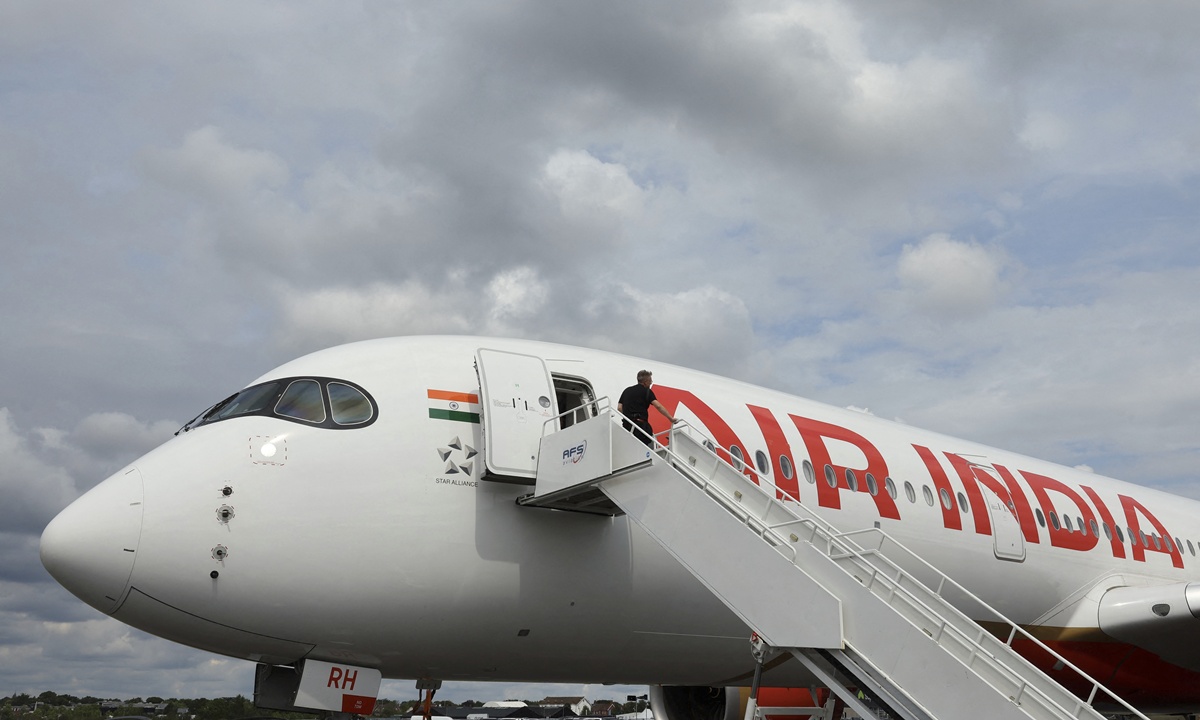The auxiliary power unit (APU) caught fire and shut down automatically as passengers were disembarking the aircraft following a flight from Hong Kong to New Delhi, an Air India spokesperson said today.
Passengers "disembarked normally" and safely, but the aircraft sustained damage. Air India did not specify the extent of the damage. Data from Flightradar24 indicates the aircraft involved was an Airbus A321.
 |
An Air India Airbus A350-900 at the Farnborough International Airshow, UK, in July 2024. Photo: Reuters |
An Air India Airbus A350-900 at the Farnborough International Airshow, UK, in July 2024. Photo: Reuters
The APU is a small generator, typically located in the tail of an aircraft. Its primary function is to start the main engines and provide power to essential systems while the aircraft is parked at the gate.
This incident follows another Air India incident on 21/7, where a plane skidded off the runway while landing in heavy rain in Mumbai. The aircraft was damaged, and the runway was temporarily closed.
Air India is under increased scrutiny after a plane crash shortly after takeoff in Ahmedabad, western India, in June, which killed 260 people.
The Wall Street Journal reported on 16/7, citing sources, that the black box recording of the cockpit conversation indicated the captain had moved the fuel control switches for both engines from the "run" position to "off," causing the disaster.
Meanwhile, Campbell Wilson, Air India's CEO, urged employees to avoid jumping to conclusions about the accident, stating that the investigation is "far from complete."
Vu Hoang (Reuters)












